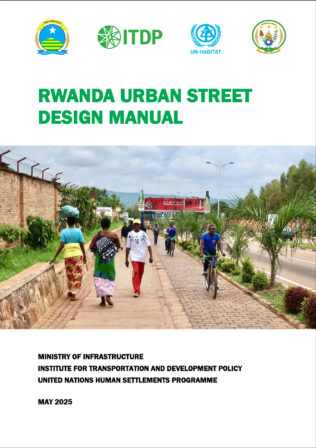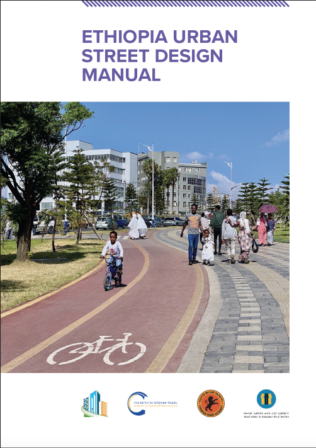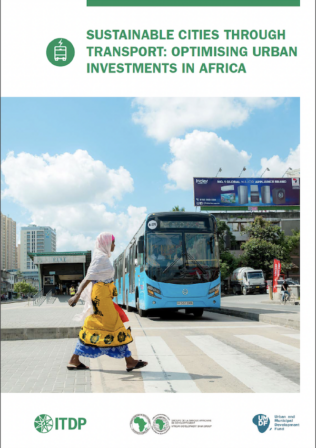Kisumu Sustainable Mobility Plan
The City of Kisumu is experiencing rapid economic and population growth, resulting in high rates of urbanization and motorization. Conventional planning solutions have focused more on addressing the needs of motorists, neglecting the needs of pedestrians, cyclists and public transport. Increasing reliance on private motorised mobility is making transport in Kisumu increasingly unaffordable for the majority of the residents. It is also contributing to a range of externalities, including traffic congestion, road fatalities, air pollution, noise pollution and productivity loss.
Despite the continued growth in demand for public transport, the city lacks organized, safe and reliable public transport.These trends are unsustainable, and residents of Kisumu deserve better. Kisumu is now at a pivotal point in its modern history. As the city’s strategic importance grows, significant investments will be required to maintain the steady flow of goods, people and information. Setting the city along a more sustainable path will require well planned and ambitious efforts towards rebalancing the transport mix. It is time we revolutionize how we plan to accommodate our growing population and higher demand for travel in a manner that achieves economic, social, and environmental gains simultaneously.
Careful integration of land use and transport planning will be fundamental to improving the quality of life for Kisumu residents. Efficient transport and easy access to jobs, shopping, education, and leisure facilities will be the path to a strong, prosperous, and equitable economy. This can be achieved by actively shaping the pattern of our urban growth around transport with a focus on sustainable access.We need to influence the location, density, design, and mix of land uses to bring jobs, housing, and services closer and make it safer and easier to walk, cycle, and use public transport.
Transformation of Kisumu calls for not only better design but also for collaboration from county departments, national agencies, stakeholder groups, and residents to shape a mobility system that maximises shared value for all. Formulation of the Kisumu Sustainable Mobility Plan (KSMP) has been transparent and participatory, often engaging as many stakeholders as we could reach in workshops, meetings, and focus groups. The implementation of the KSMP will require appropriate institutional structures and capacity enhancement at all levels of government.




